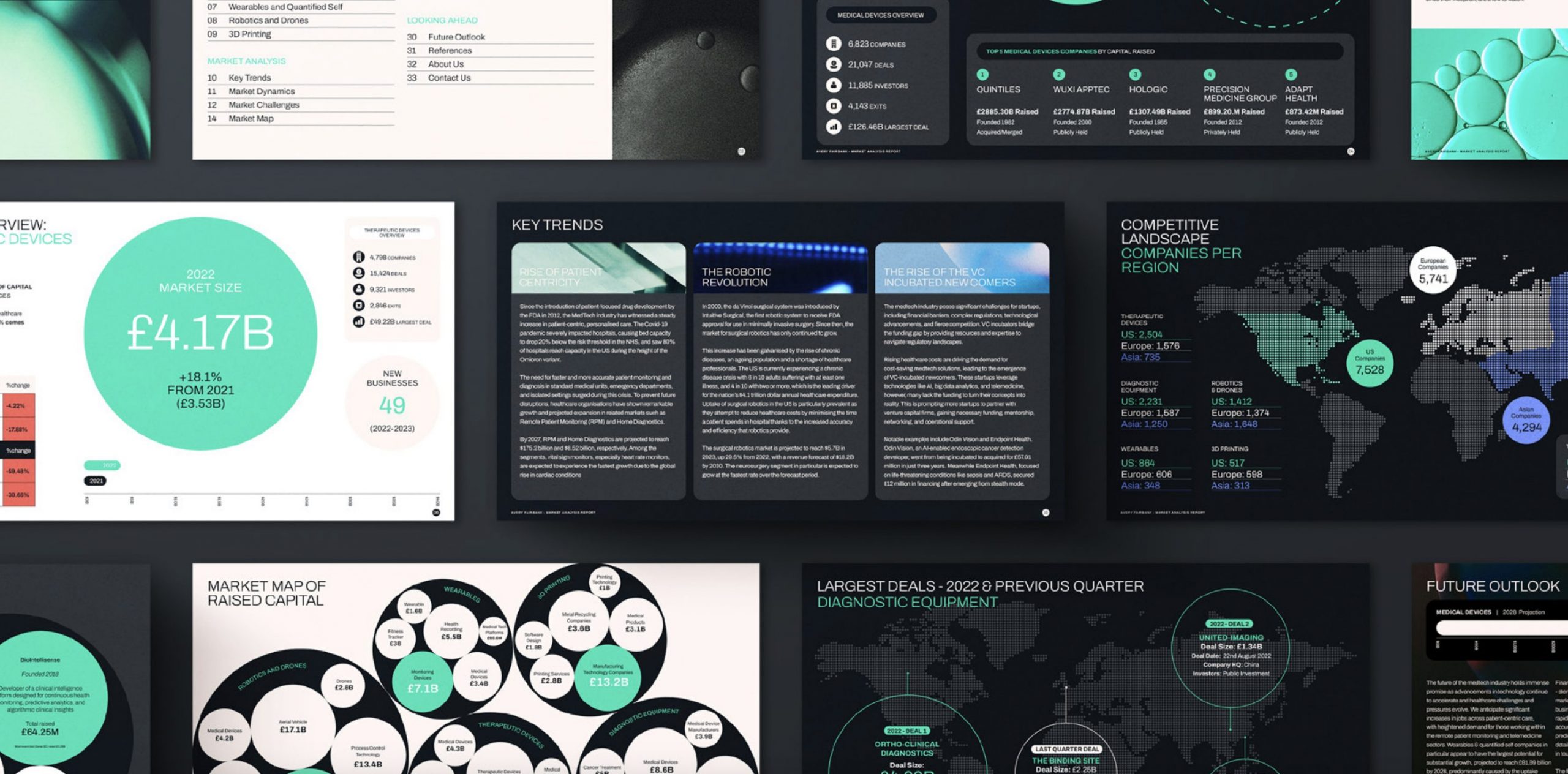February 6, 2024
Quantum computing represents an emerging field of technology that utilises the principles of quantum mechanics to address problems that are too intricate for traditional computers.
Currently, IBM Quantum is at the forefront of this technology, providing actual quantum hardware — an innovation that was merely conceptualised around thirty years ago — to a vast network of developers. The company’s engineers are consistently rolling out more advanced superconducting quantum processors. They are also making significant strides in software and the integration of quantum and classical systems. These efforts are pivotal in enhancing the speed and capability of quantum computing, which has the potential to significantly impact the world.
Quantum computers markedly differ from the classical computers that have been in existence for over fifty years. The following is an introductory guide to this revolutionary technology.
What is the Necessity for Quantum Computers?
When confronted with challenging issues, scientists and engineers often resort to supercomputers. These large-scale classical computers typically possess thousands of CPU and GPU cores, enabling them to perform extensive calculations and sophisticated artificial intelligence tasks. Despite their capabilities, supercomputers, which operate on binary code and are dependent on 20th-century transistor technology, encounter difficulties in resolving certain types of problems.
When a supercomputer reaches its limits, it’s usually because it’s grappling with a problem of high complexity. Classical computers often stumble over such complex challenges.
These complex problems are characterised by numerous variables that interact in intricate ways. For example, simulating the behaviour of atoms within a molecule is complex due to the multiple interactions among electrons. Similarly, detecting subtle fraud patterns in financial transactions or uncovering new physics in a supercollider presents complex challenges. There are certain complex problems that remain unsolvable by classical computers, regardless of their size.
Since the real world operates according to quantum physics, computers that perform calculations using the quantum states of quantum bits (qubits) are, in many cases, more suited to understand and model these complexities.
Understanding the Speed of Quantum Computers
Consider an example that illustrates the edge quantum computers have over their classical counterparts:
While a classical computer excels at tasks such as searching through a large database of molecules, it falters when it comes to more intricate challenges, like simulating the behaviour of those molecules.
Currently, to understand molecular behaviour, scientists often need to physically synthesise the molecule and conduct real-world experiments. If they wish to examine the effects of minor alterations on the molecule, they typically have to synthesise a modified version and repeat the experimentation. This approach is costly and time-intensive, slowing progress in various fields, including medicine and semiconductor development.

A classical supercomputer might attempt to simulate molecular behaviour through sheer computational power, using its numerous processors to examine every conceivable interaction within the molecule. However, as the complexity of the molecule increases beyond basic forms, the supercomputer reaches its limits. No existing computer has the memory capacity to manage all potential variations of molecular behaviour.
Quantum algorithms introduce a novel method for tackling such complex issues by creating multidimensional computational spaces, proving to be a more effective approach for solving intricate problems like chemical simulations.
Classical computers lack the capability to form these computational spaces, limiting their effectiveness in the absence of quantum computing. Industrial chemists are already investigating the integration of quantum techniques into their research. This application is just one of many; engineering firms, financial institutions, and global shipping companies are also exploring the potential of quantum computing to address significant challenges in their sectors. A surge in benefits from quantum research and development is on the horizon. As quantum hardware and algorithms progress, solutions for major challenges like molecular simulation are likely to emerge.
Quantum Computer Operation
An IBM Quantum processor, similar in size to one found in a laptop, forms the core of a quantum computer. The entire quantum hardware system, roughly the size of a car, primarily consists of cooling mechanisms that maintain the superconducting processor at an extremely low operational temperature.
In contrast to a classical processor that operates using classical bits, a quantum computer functions through qubits (pronounced CUE-bits) to execute complex, multidimensional quantum algorithms.
Superconductors
While a typical desktop computer uses a fan for cooling, quantum processors require a much colder environment – approximately a hundredth of a degree above absolute zero. This extreme cooling, necessary to prevent “decoherence” and maintain quantum states, is achieved using super-cooled superfluids. At these temperatures, certain materials exhibit a key quantum mechanical property: electrons move through them with no resistance, classifying them as “superconductors.”
Electrons in superconductors pair up, forming “Cooper pairs,” capable of carrying charge across barriers or insulators via quantum tunnelling. Two superconductors separated by an insulator create a Josephson junction.
Control
Quantum computers utilise these Josephson junctions as superconducting qubits. By directing microwave photons at these qubits, their behaviour can be manipulated to store, alter, and read out quantum information.
Superposition
A single qubit has limited utility. However, it can perform a crucial function: putting the quantum information it contains into a state of superposition. This state represents all possible qubit configurations. Groups of qubits in superposition generate complex, multidimensional computational spaces, allowing for novel representations of intricate problems.
Entanglement
Quantum entanglement is a phenomenon where the behaviour of two separate entities becomes correlated. In this state, any alteration to one qubit instantaneously affects its entangled counterpart.
Interference
Within an environment of entangled qubits in superposition, probabilities form waves. These waves represent the potential outcomes of measuring the system. Interference occurs when these waves either amplify a particular outcome through peak alignment or cancel each other out through peak and trough interaction.
Quantum computation involves preparing a superposition of all possible computational states. A quantum circuit, designed by the user, selectively applies interference to these states following an algorithm. This process amplifies certain outcomes (solutions to the computation) while cancelling others through interference.

Published on 06-02-2024


